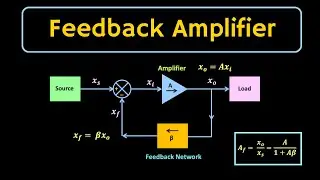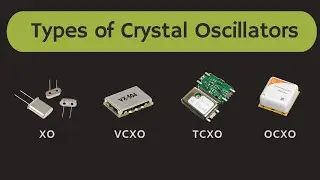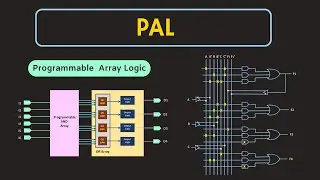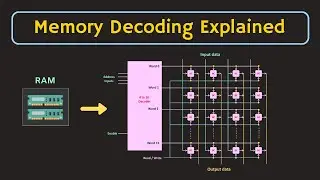Voltage Multiplier Circuit Explained (Voltage Doubler, Voltage Tripler and Quadrupler Circuits)
In this video, the voltage multiplier circuits (Voltage Doubler, Voltage Tripler, and Voltage Quadrupler Circuits) and their working have been explained.
By watching this video, you will learn the following topics.
0:21 What is Voltage Multiplier Circuit?
1:41 Application of Voltage Multiplier Circuits
2:32 Voltage Doubler Circuit
8:40 Voltage Tripler and Quadrupler circuit
What is the Voltage Multiplier Circuits?
The voltage multiplier circuit gives DC output which is N times the input signal. The input to such circuit is the AC signal. And the output is N times the peak amplitude of the AC input signal.
These circuits are designed using the diodes and the capacitors and they are preferred in the applications with a very light load. (Current in mA Range)
Applications of Voltage Multiplier circuits:
1) Cathode Ray Tubes (CRT)
2) Bug Zapper Circuits
3) Printers and Photocopy machines
4) In high energy physics experiments
In this video, the Voltage Doubler, Voltage Tripler and Voltage Quadrupler circuits have been explained.
For each circuit during the design, if Vm is the peak amplitude of the applied AC input signal, then the Peak Inverse Voltage (PIV Rating) of each diode should be at least equal to 2Vm.
This video will be helpful to all the students of science and engineering in understading the working of the Voltage Multiplier Circuit.
Follow me on YouTube:
/ allaboutelectronics
Follow me on Facebook:
/ allaboutelecronics
Follow me on Instagram:
/ all_about.electronics
Music Credit:
http://www.bensound.com/
#VoltageMultiplierCircuit
#VoltageDoubler
#VoltageTripler































